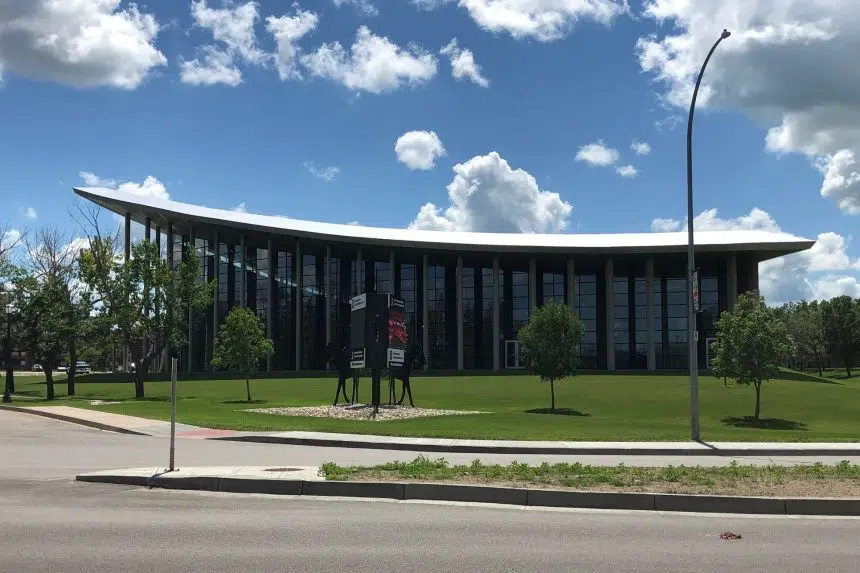The RCMP Heritage Centre in Regina got some help Wednesday in its bid to become a national museum.
The centre got $2.9 million in funding from Prairies Economic Development Canada (PrairiesCan). The money is to go towards new programs and visitor experiences.
Daniel Vandal, the federal minister responsible for PrairiesCan, was at the centre to present the funding.
“This province has what Canada and the world needs — the best minds, the hardest work ethic and a commitment to the community,” he said. “It’s what makes Saskatchewan so great and we are here to support you in delivering that across the country, and across the world.”
Vandal, who is from Winnipeg, said staying put for two years due to pandemic restrictions has hindered the tourism industry.
“Now as we move past that very difficult time, we are looking to revitalize those public spaces and make them even better,” Vandal said.
On top of the funding for the Heritage Centre, PrairiesCan is providing more than $12.8 million to communities across Saskatchewan to build or improve communities’ recreational facilities like museums, outdoor centres or playgrounds.
The money will give 55 other projects outside of the Heritage Centre the opportunity to improve recreation in their communities.
Mayor Sandra Masters was excited about the announcement.
“The $2.9 million that is going to the RCMP Heritage Centre comes at an incredibly valuable time as we rebuild our tourism sector,” said Masters.
PrairiesCan is building more offices across Saskatchewan to try and strengthen connection. It currently has offices in Regina and Saskatoon, and will be adding an office in Prince Albert.
A focus on Truth and Reconciliation
Lori Whiteman from the Standing Buffalo First Nation is working with the RCMP Heritage Centre Commission to improve Truth and Reconciliation processes.
Whiteman led guests outside the centre to view the stone medicine wheel on the grounds. Each stone represents an Indigenous people who don’t have an official burial place.
Whiteman’s mother, Delores Whiteman, was one of the 1,400 Indigenous women on record who are among the Missing and Murdered Indigenous Women and Girls.
The stones are referred to as grandmothers and grandfathers.
“The story that the stones sing even now is the reason why the place of reflection is there,” said Whiteman.
Whiteman said the medicine wheel is a place for people to leave a rock in memory for someone who does not have a permanent resting place.
Whiteman will be working with the RCMP Heritage Centre team as an advocate for some of the new programming.












